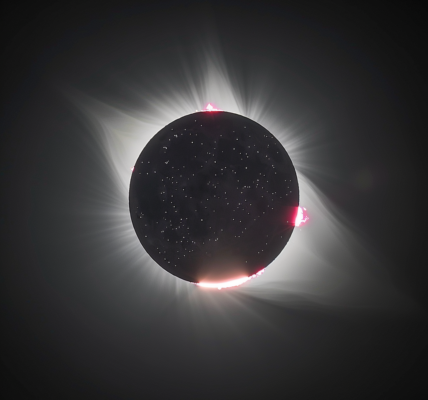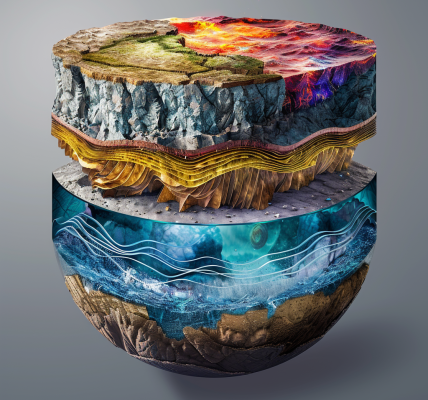Voyager 1, the farthest man-made object from Earth, has resumed sending scientific data after months of radio silence. NASA crews successfully reestablished diagnostic communications with the spacecraft two months ago, and now they have received critical observations on plasma and magnetism in interstellar space.
Having left Earth 46 years and 7 months ago, and bidding farewell to Pluto 11 years and 8 months ago, Voyager 1 is currently positioned 15 billion miles away from Earth. The recent data transmission comes from the last remaining operational instruments onboard the spacecraft.
In March 2024, mission control at NASA’s Jet Propulsion Laboratory resolved the communication issue by dividing corrupted computer code into manageable sections stored in different locations on the probe’s flight data subsystem. This fix enabled the onboard computer to retrieve the code, allowing the resumption of scientific data transmission on May 19th.
Initially, two of the four science instruments on Voyager 1 returned to normal operating modes immediately. The other two instruments required additional work but are now also sending usable science data. These instruments are crucial for studying plasma waves, magnetic fields, and particles in interstellar space.
Voyager 1 and its twin, Voyager 2, are the only spacecraft to directly sample interstellar space beyond the heliosphere, the protective bubble created by the Sun’s magnetic fields and solar wind. This milestone showcases the pioneering nature of these spacecraft in exploring the vast expanse of space.
The successful resumption of scientific data transmission from Voyager 1 brings exciting prospects for further discoveries in interstellar space. This achievement adds to NASA’s legacy of groundbreaking space exploration projects, inspiring humanity with each new milestone reached.
As the Voyager missions continue to defy expectations and push the boundaries of space exploration, the scientific community eagerly awaits the valuable insights that these spacecraft will continue to provide from the depths of interstellar space.





